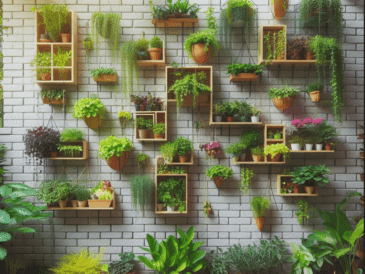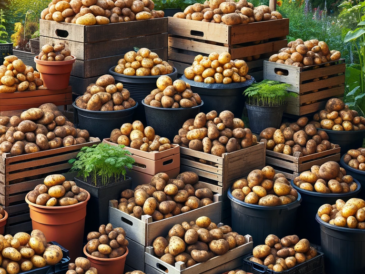A sunflower fort is a magical addition to any garden, offering a unique play area for children or a serene hideaway for adults. Creating a sunflower circle is not only fun and visually stunning but also easy to do with some basic gardening knowledge. Follow this step-by-step guide to grow your own sunflower fort and enjoy a natural retreat in your backyard.
Materials Needed:
- Sunflower seeds (preferably tall varieties like Mammoth Sunflower)
- Compost or organic fertilizer
- Garden hose or watering can
- Garden stakes and string (optional, for marking the circle)
Step-by-Step Guide:
1. Choose the Perfect Location
- Sunny Spot: Sunflowers thrive in full sun, so pick a location in your garden that receives at least 6-8 hours of direct sunlight each day.
- Space: Ensure the area is spacious enough to accommodate the size of your sunflower fort. A diameter of at least 6-8 feet is recommended for a comfortable circle.
2. Prepare the Soil
- Soil Quality: Sunflowers prefer well-drained, fertile soil. If your soil is poor, mix in compost or organic fertilizer to enrich it.
- Weed the Area: Clear the chosen spot of any weeds or debris to give your sunflowers a healthy start.
3. Plan Your Circle
- Mark the Circle: Use garden stakes and string to outline your circle. Make sure to leave an opening for the entrance.
- Spacing: Sunflower seeds should be planted about 1-2 feet apart. This spacing will ensure that the plants have enough room to grow and create a dense, enclosed fort.
4. Plant the Seeds
- Depth: Plant each sunflower seed about 1 inch deep in the soil.
- Watering: Water the seeds thoroughly after planting and keep the soil consistently moist until the seedlings emerge, usually within 7-10 days.
5. Care for Your Sunflowers
- Water Regularly: Sunflowers need consistent moisture, especially during the early stages of growth. Water deeply to encourage strong root development.
- Fertilize: Feed your sunflowers with a balanced fertilizer every few weeks to promote healthy growth.
- Support: As sunflowers grow tall, they may need support. Use stakes if necessary to keep them upright.
6. Maintain the Fort
- Weed Control: Keep the area free of weeds that can compete with your sunflowers for nutrients.
- Monitor Growth: Watch for pests or diseases and take action if needed. Sunflowers are generally hardy but can be susceptible to insects and fungal issues.
7. Enjoy Your Sunflower Fort
- Blossom Time: Sunflowers typically bloom in mid to late summer. Once they reach their full height and bloom, your fort will be ready to enjoy.
- Fun and Relaxation: Use your sunflower circle as a play area for kids, a quiet reading nook, or a unique garden feature.
Tips for Success:
- Variety: Choose a mix of sunflower varieties to add visual interest and staggered blooming times.
- Companions: Plant other sun-loving flowers or climbing plants around the base to enhance the beauty and functionality of your fort.
- Harvest: Once the sunflowers have finished blooming, you can harvest the seeds for snacks or replanting next year.
Creating a sunflower fort is a delightful project that adds beauty and charm to any garden. With a little planning and care, you can grow a magical sunflower circle that provides joy and a touch of nature’s wonder to your outdoor space. Happy gardening!



